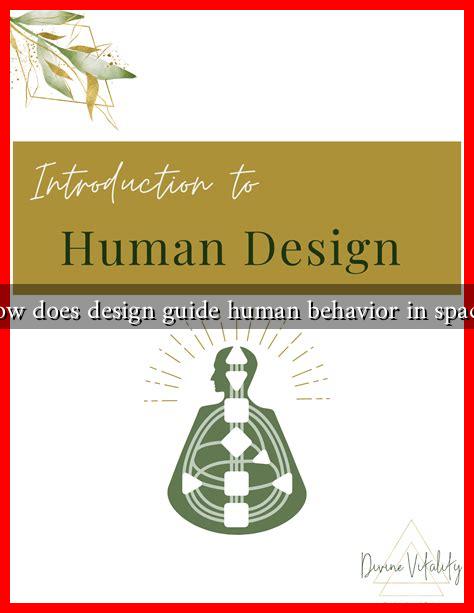-
Table of Contents
How Does Design Guide Human Behavior in Spaces?
Design is not merely about aesthetics; it profoundly influences human behavior in various environments. From urban planning to interior design, the way spaces are structured can significantly affect how individuals interact with their surroundings and with each other. This article explores the principles of design that guide human behavior in spaces, supported by examples, case studies, and relevant statistics.
The Psychology of Space
Understanding how design impacts human behavior begins with the psychology of space. The environment can evoke emotions, influence decisions, and even alter social interactions. Here are some key psychological principles that designers consider:
- Proxemics: This refers to the use of personal space and how distance affects communication. For instance, in a crowded café, tables placed too close together can create discomfort, while well-spaced seating can encourage conversation.
- Color Psychology: Colors can evoke specific emotions. For example, blue is often associated with calmness, while red can stimulate energy and excitement. Designers use color strategically to influence mood and behavior.
- Lighting: Natural light has been shown to improve mood and productivity. A study by the University of Alberta found that employees in well-lit environments reported higher job satisfaction and performance.
Case Studies in Design and Behavior
Several case studies illustrate how design can guide human behavior effectively:
1. The High Line, New York City
The High Line is an elevated linear park built on a former railway track. Its design encourages walking, social interaction, and community engagement. The park features:
- Wide pathways that accommodate both pedestrians and cyclists.
- Seating areas that invite people to linger and socialize.
- Landscaping that integrates nature, promoting relaxation and well-being.
Since its opening, the High Line has transformed the surrounding neighborhood, increasing property values and attracting millions of visitors annually.
2. Google’s Office Spaces
Google is renowned for its innovative office designs that prioritize employee well-being and collaboration. Key features include:
- Open floor plans that foster communication and teamwork.
- Relaxation areas with games and comfortable seating to reduce stress.
- Access to natural light and greenery, which has been linked to increased productivity.
Research shows that such environments lead to higher employee satisfaction and retention rates, demonstrating the power of design in the workplace.
Designing for Inclusivity
Inclusive design is essential for creating spaces that accommodate diverse populations. This involves considering the needs of individuals with disabilities, the elderly, and other marginalized groups. Key strategies include:
- Implementing universal design principles that ensure accessibility for all.
- Using clear signage and wayfinding systems to assist navigation.
- Creating flexible spaces that can be adapted for various uses and needs.
For example, the redesign of the London Underground included tactile paving and audio announcements, significantly improving accessibility for visually impaired passengers.
The Future of Design and Behavior
As technology advances, the relationship between design and human behavior will continue to evolve. Smart buildings equipped with sensors can adapt to occupants’ needs in real-time, optimizing comfort and efficiency. Additionally, virtual reality (VR) is being used in design processes to simulate how spaces will feel and function before they are built.
Conclusion
Design plays a crucial role in guiding human behavior in spaces, influencing everything from social interactions to productivity levels. By understanding the psychological principles behind design, utilizing successful case studies, and prioritizing inclusivity, designers can create environments that enhance the human experience. As we move forward, embracing innovative technologies will further refine how we design spaces, ensuring they meet the evolving needs of society.
For more insights on the impact of design on human behavior, you can explore resources from the American Institute of Graphic Arts (AIGA).

